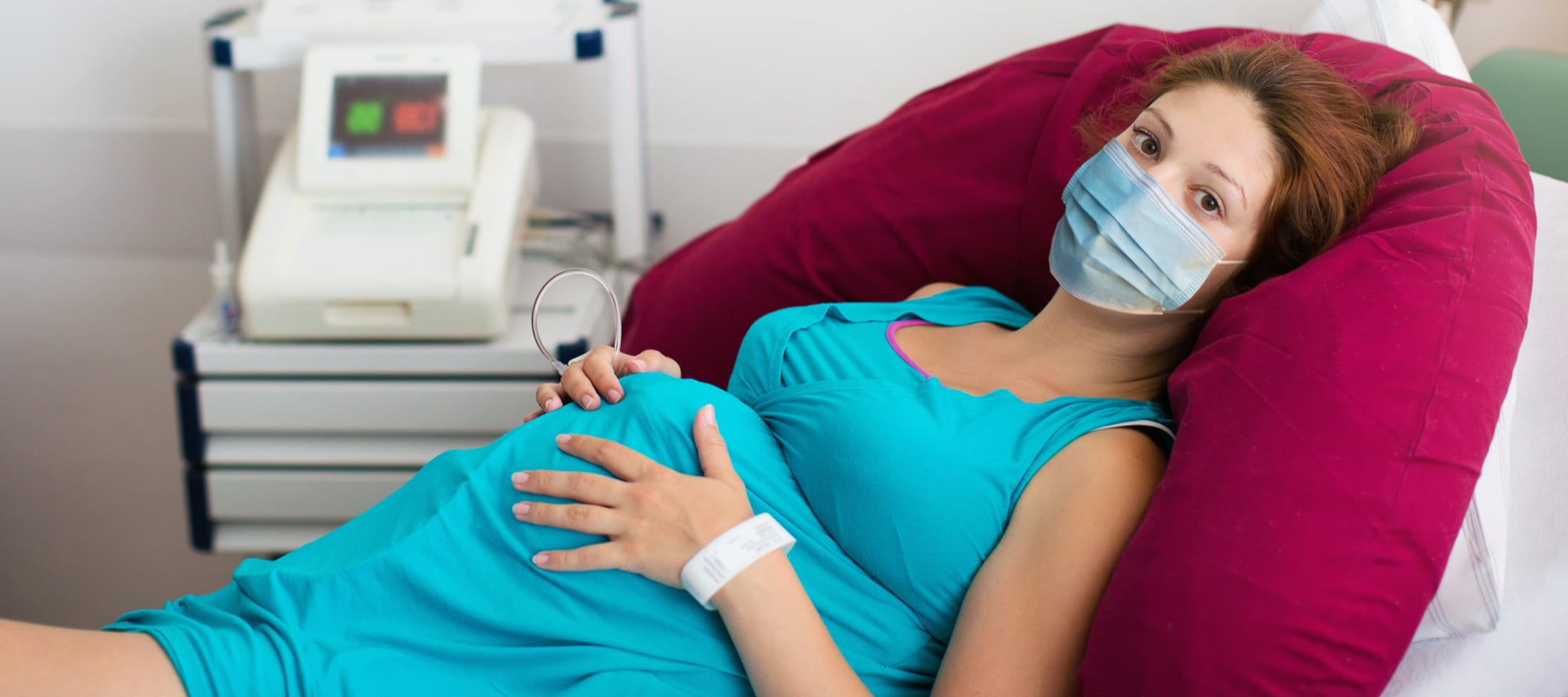- Case-Control Study of Use of Personal Protective Measures and Risk for Severe Acute Respiratory Syndrome Coronavirus 2 Infection, ThailandAuthors evaluated effectiveness of personal protective measures against severe acute respiratory disease coronavirus 2 (SARS-CoV-2) infection. This case-control study included 211 cases of coronavirus disease (COVID-19) and 839 controls in Thailand. Cases were defined as asymptomatic contacts of COVID-19 patients who later tested positive for SARS-CoV-2; controls were asymptomatic contacts who never tested positive. Wearing masks all the time during contact was independently associated with lower risk for SARS-CoV-2 infection compared with not wearing masks; wearing a mask sometimes during contact did not lower infection risk. The type of mask worn was not independently associated with infection and contacts who always wore masks were more likely to practice social distancing. Maintaining >1 m distance from a person with COVID-19, having close contact for <15 minutes, and frequent handwashing were independently associated with lower risk for infection. These findings support consistent wearing of masks, handwashing, and social distancing to protect against COVID-19.
- Characteristics and Maternal and Birth Outcomes of Hospitalized Pregnant Women with Laboratory-Confirmed COVID-19 — COVID-NET, 13 States, March 1–August 22, 2020Information on the clinical characteristics and birth outcomes of hospitalized U.S. pregnant women with COVID-19 is limited. Among 598 hospitalized pregnant women with COVID-19, 55% were asymptomatic at admission. Severe illness occurred among symptomatic pregnant women, including intensive care unit admissions (16%), mechanical ventilation (8%), and death (1%). Pregnancy losses occurred for 2% of pregnancies completed during COVID-19-associated hospitalizations and were experienced by both symptomatic and asymptomatic women. Pregnant women and health care providers should be aware of potential risks for severe COVID-19, including adverse pregnancy outcomes. Identifying COVID-19 during birth hospitalizations is important to guide preventive measures to protect pregnant women, parents, newborns, other patients, and hospital personnel.
- Safety and immunogenicity of an rAd26 and rAd5 vector-based heterologous prime-boost COVID-19 vaccine in two formulations: two open, non-randomised phase 1/2 studies from Russia
This COVID-19 vaccine consists of two components, a recombinant adenovirus type 26 (rAd26) vector and a recombinant adenovirus type 5 (rAd5) vector, both carrying the gene for severe acute respiratory syndrome coronavirus 2 (SARS-CoV-2) spike glycoprotein (rAd26-S and rAd5-S). This study assessed the safety and immunogenicity of two formulations (frozen and lyophilised) of this vaccine. 76 participants were enrolled in a phase I and a phase II study (38 in each study). In each study, nine volunteers received rAd26-S in phase 1, nine received rAd5-S in phase 1, and 20 received rAd26-S and rAd5-S in phase 2. Both vaccine formulations were safe and well tolerated. The most common adverse events were pain at injection site (44 [58%]), hyperthermia (38 [50%]), headache (32 [42%]), asthenia (21 [28%]), and muscle and joint pain (18 [24%]). Most adverse events were mild and no serious adverse events were detected. All participants produced antibodies to SARS-CoV-2 glycoprotein. At day 42, receptor binding domain-specific IgG titers were 14 703 with the frozen formulation and 11 143 with the lyophilised formulation, and neutralising antibodies were 49·25 with the frozen formulation and 45·95 with the lyophilised formulation, with a seroconversion rate of 100%. Cell-mediated responses were detected in all participants at day 28, with median cell proliferation of 2·5% CD4+ and 1·3% CD8+ with the frozen formulation, and a median cell proliferation of 1·3% CD4+ and 1·1% CD8+ with the lyophilised formulation. These findings indicate that the heterologous rAd26 and rAd5 vector-based COVID-19 vaccine has a good safety profile and induced strong humoral and cellular immune responses in participants. Further investigation is needed of the effectiveness of this vaccine for prevention of COVID-19.
- Changing Age Distribution of the COVID-19 Pandemic — United States, May–August 2020
Early in the pandemic, COVID-19 incidence was highest among older adults. During June–August 2020, COVID-19 incidence was highest in persons aged 20–29 years, who accounted for >20% of all confirmed cases. Younger adults likely contribute to community transmission of COVID-19. Across the southern United States in June 2020, increases in percentage of positive SARS-CoV-2 test results among adults aged 20–39 years preceded increases among those aged ≥60 years by 4–15 days. Strict adherence to community mitigation strategies and personal preventive behaviors by younger adults is needed to help reduce infection and subsequent transmission to persons at higher risk for severe illness.
Situation Dashboards



World Health Organization (WHO)


Johns Hopkins University (JHU)


COVID-19 in US and Canada







